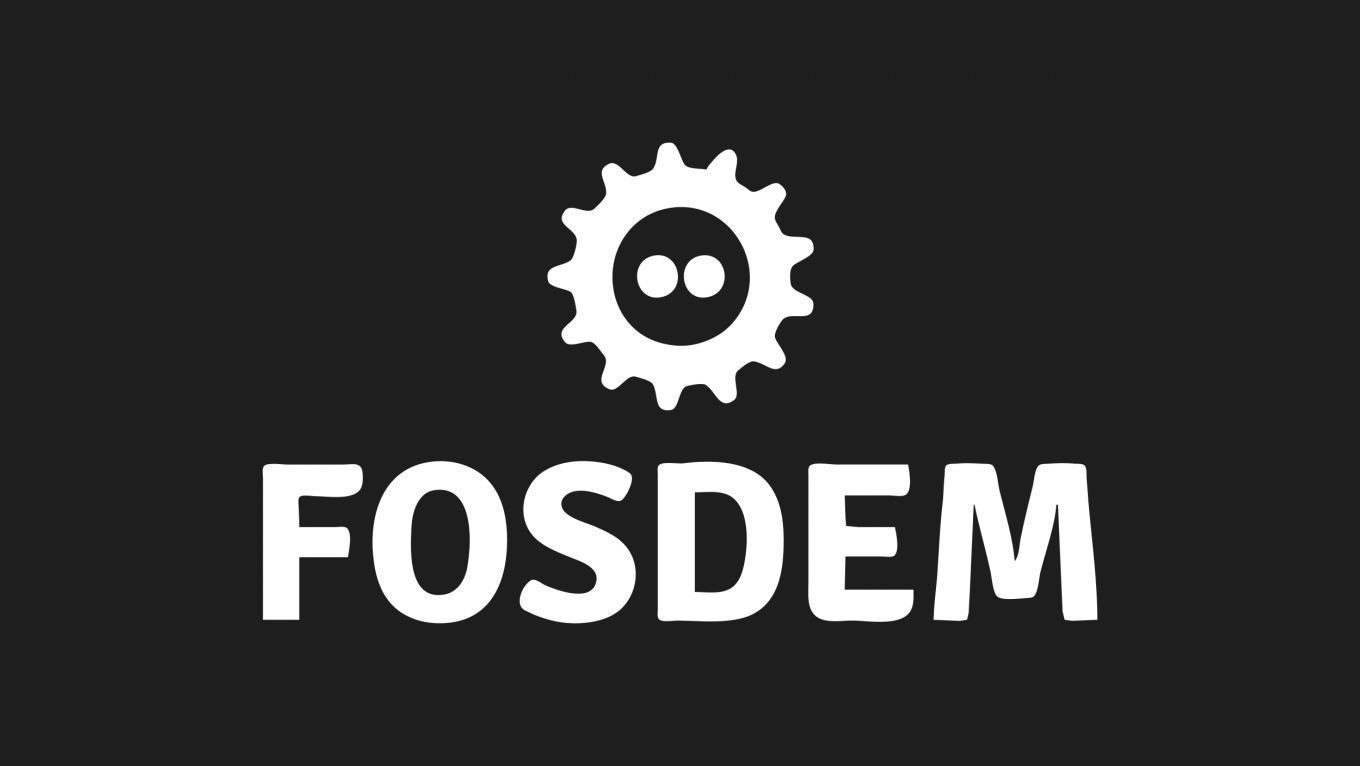Network
Keep appetite for the stats, it costs nothing
Presentation of the statistics consumption model in VPP from the costless low-level design to their exploitation in userspace
February 6, 2022
2:20 PM – 2:40 PM Add to calendar
2:20 PM – 2:40 PM Add to calendar
D.network
<p><a href="https://fd.io/">VPP (aka Vector Packet Processing)</a> is a fast network stack running in Linux userspace.
It is designed to handle packets with high performance, which makes gathering statistics efficiently a must have.</p>
<p>The model that has been chosen in <a href="https://fd.io/">VPP</a> to provide up to date statistics is built upon shared memory and optimistic locking.
The counters are updated in this shared memory at a rather low cost by the data plane and can be read out at almost any time by all the consumers.
We will first describe this model in more details.</p>
<p>The consumption of these stats may take various forms depending on the use case and the application needs.
That's why we have developed different high-level components to access them:</p>
<p>1) A filesystem in userspace: thanks to <a href="https://github.com/hanwen/go-fuse">go-fuse</a>, we can mount a filesystem ordering statistics in folders and files, in a similar fashion to '/proc' in Linux</p>
<p>2) A <a href="https://prometheus.io/">Prometheus</a> agent: applied to <a href="https://github.com/calico-vpp">Calico/VPP</a>, a new dataplane for <a href="https://www.tigera.io/project-calico/">Calico</a> - the popular cloud native <a href="https://kubernetes.io/">Kubernetes</a> network plugin - based on <a href="https://fd.io/">VPP</a>. Prometheus is integrated as a monitoring tool in order to export our statistics in the form of real-time metrics collected from targets. Metrics come from our pod interfaces statistics, and targets are <a href="https://github.com/calico-vpp">Calico/VPP</a> agents running on our <a href="https://kubernetes.io/">Kubernetes</a> cluster nodes.</p>
<p>During the presentation, you will have a quick demo of these components.</p>
Additional information
| Type | devroom |
|---|
More sessions
| 2/6/22 |
<p>Security and monitoring applications need to classify traffic in order to identify applications protocols, misuses, similarities, communications patterns not easily identifiable by hand. nDPI is a library that implements various algorithms for traffic analysis able to detect outliers, anomalies, traffic clusters, behavioural changes efficiently in streaming (i.e. while traffic is flowing). Goal of this presentation is to show how nDPI can be used in real life to inspect network traffic and ...
|
| 2/6/22 |
<p>A rules-based approach has been the standard in network monitoring for many years, for a good reason. In this talk, we'll recap the advantages of a rule-based approach and how it's still relevant to this day. The speaker will also show how you can implement rules using <a href="https://checkmk.com/">Checkmk</a>, an open source IT monitoring software and discuss the entry of AI technology into infrastructure monitoring.</p>
|
| 2/6/22 |
<p><a href="https://libp2p.io">libp2p</a> is a universal, cross-platform, multi-language, modular peer-to-peer networking library powering multiple large-scale networks, for example IPFS.</p> <p>In the first part of the talk we’ll present the basic building blocks of the library and explain how they fit together. In the second part, we’ll take a closer look at the recently added decentralized hole punching feature, allowing NAT and firewall traversal without the need for any central ...
|
| 2/6/22 |
<p><a href="https://www.dpdk.org">DPDK</a> added a RCU library with a novel method to reclaim resources. We have been running tests to understand the performance differences between the <a href="https://www.dpdk.org">DPDK</a> RCU and the <a href="https://liburcu.org/">user space RCU library</a>. In our tests, we find that <a href="https://www.dpdk.org">DPDK</a> RCU can perform reclamation faster and perform significantly better when pre-emptive readers are involved. Other than the performance, ...
|
| 2/6/22 |
<p>In this talk, we will demonstrate high performance routing using open-source <a href="https://fd.io">VPP</a> and it's underlying <a href="https://dpdk.org">Data Plane Development Kit</a>. This talk highlights the authors work on integrating the Linux ControlPlane which makes BGP, OSPF, etc available with VPP. We'll then turn to a popular DPDK based loadtesting tool <a href="https://trex-tgn.cisco.com">TRex</a>, and discuss performance benchmarking results from the field using the author's <a ...
|
| 2/6/22 |
<p>The software applications of the Cloud Native era have a huge dependency on the network, these microservices are bound to a single concern and utilize the network to communicate with each other. The dependency on the network continues to grow as more and more microservices depend on it. However, there is no way to predictably leverage the network for the specific demands of your application. What if we could tag certain applications as needing a priority from the network. This would enhance ...
|
| 2/6/22 |
<p>Contour is an open source Kubernetes Ingress controller providing the Control Plane for the Envoy Edge and Service proxy. Contour supports dynamic configuration updates and multi-team Ingress delegation out of the box while maintaining a lightweight profile. Contour is currently CNCF Incubating project!</p> <h1>In this talk:</h1> <p>We will do a Contour 101 intro, do a short demo of some of the deployment methods for Contour inside a Kubernetes cluster, demonstrate some of Contour's main ...
|

